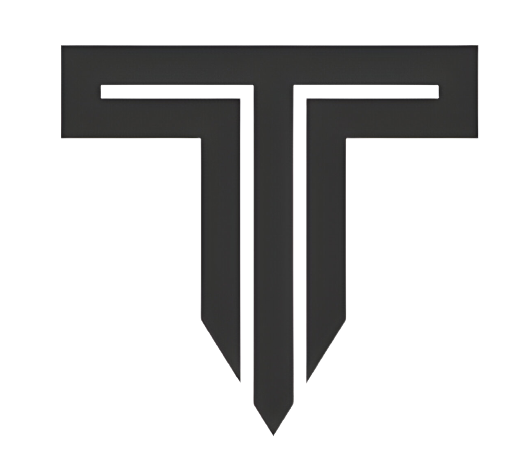In many workplaces, lifting activities are part of the daily routine. Whether it’s moving heavy machinery on a construction site or shifting large crates in a warehouse, the risks are real and ever-present. That is why following approved lifting procedures is not just a suggestion—it’s a vital requirement to keep everyone safe.
Before we dive deep into these steps, it’s worth mentioning that organizations often encourage employees to take structured safety learning such as an OSHA Certificate program. This type of training gives workers clear guidance on safe lifting practices, hazard recognition, and how to avoid shortcuts that could lead to accidents. Understanding these principles through formal training creates a strong foundation for any lifting operation.
Why Adherence to Lifting Procedures Matters
Workplace incidents involving lifting equipment, cranes, or hoists often lead to serious injuries. A small oversight, like failing to inspect a shackle or ignoring a load chart, can have devastating results. When everyone follows approved methods, accidents are reduced, productivity increases, and equipment lasts longer.
Let’s explore practical, easy-to-follow steps to make sure lifting jobs are done safely and correctly.
Step 1: Review the Approved Method Before Starting
Before a single hook is attached to a load, take time to review the approved method statement or lifting plan. This document isn’t just paperwork—it’s your roadmap. It explains what equipment to use, the sequence of operations, and the safety measures in place.
I once met a site supervisor named Ahmed who learned this lesson the hard way. His crew assumed they could handle a heavy pipe without referring to the lifting plan. The result? A swing that almost struck a nearby worker. From that day, Ahmed made reviewing the procedure a mandatory step.
Step 2: Inspect All Lifting Gear Thoroughly
Every chain, sling, hook, and crane component must be checked before use. Look for frayed wires, cracks, or loose fittings. If something feels off, stop and report it immediately. A simple inspection often prevents major failures.
Think of it like preparing for a long road trip. Would you drive without checking your tires or brakes? Of course not. Lifting equipment deserves the same attention.
Step 3: Confirm Competency of the Team
Approved procedures only work when skilled people carry them out. Confirm that the operators, riggers, and signalers have up-to-date certifications or internal approvals. Workers who have attended formal safety sessions—such as those covered under an OSHA Certificate—are more likely to understand and respect safe practices.
Having the right team not only protects people but also builds confidence among supervisors and management that the task will be done correctly.
Step 4: Conduct a Pre-Lift Meeting
Before the lift starts, gather everyone involved. Walk them through the plan. Explain the load weight, the path of movement, and the emergency stop signals. This step avoids confusion and ensures everyone is aligned.
I recall a warehouse operation where a simple five-minute talk avoided what could have been a disaster. A rigger noticed that a nearby overhead beam might obstruct the load swing. Because they spoke up during the meeting, adjustments were made in time.
Step 5: Monitor the Environment Continuously
Conditions around the lifting zone can change quickly. A sudden gust of wind, moving vehicles, or an unexpected obstacle can create new risks. Supervisors should monitor the area throughout the task and pause operations if something unsafe appears.
Good lighting, clear signage, and restricted access zones make a big difference. When you control the environment, you control the hazards.
Step 6: Follow Load Limits Without Exceptions
Never exceed the equipment’s rated capacity. Even if it seems like “just a little more,” it can overstress components and lead to failures. Approved lifting procedures always include load charts—use them and stick to them.
Step 7: Keep Clear Communication
Hand signals, radios, or whistles—choose a communication method and make sure everyone knows it. Miscommunication is one of the most common causes of lifting accidents. When instructions are clear, the risk of sudden movements or unexpected shifts is reduced.
Step 8: Record and Report After Completion
Once the task is done, log the lift details. Note any issues that came up and how they were resolved. This record helps improve future operations and demonstrates compliance with workplace safety standards.
Encouraging a Culture of Safe Lifting
Creating a culture where safety is valued takes consistent effort. Supervisors should lead by example, and management should support training programs that emphasize hazard control. When workers see that following procedures is respected and rewarded, they’re more likely to do it.
In many companies, completing structured learning like an OSHA 30 hour Certification gives employees deeper knowledge on lifting hazards, equipment checks, and safe operating limits. These programs aren’t just for managers; they’re for anyone involved in hands-on work.
Read more about how an OSHA Certificate can strengthen your workplace safety culture and how OSHA 30 hour Certification helps teams master hazard recognition.
Final Thoughts
Confirming adherence to approved lifting procedures is not complicated, but it requires commitment. From reviewing plans and inspecting gear to holding pre-lift meetings and monitoring the environment, each step plays a crucial role in preventing accidents.
When you invest time in following these steps and encourage your team to take formal safety programs, you are not just meeting regulations—you are protecting lives. With careful planning and proper execution, every lift can be performed with confidence and efficiency


